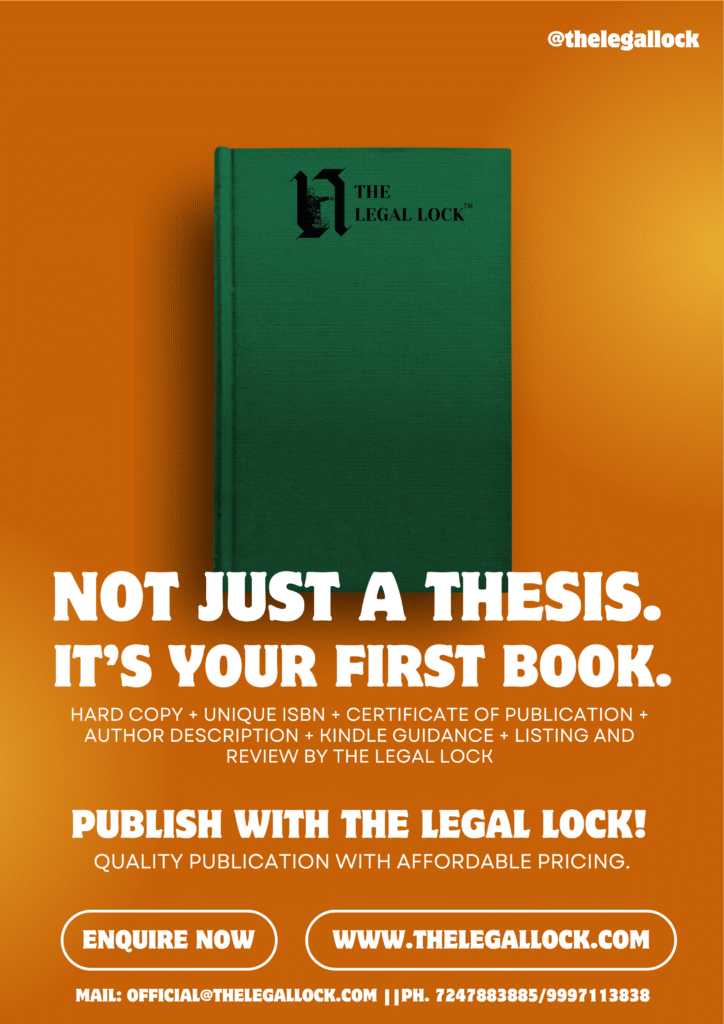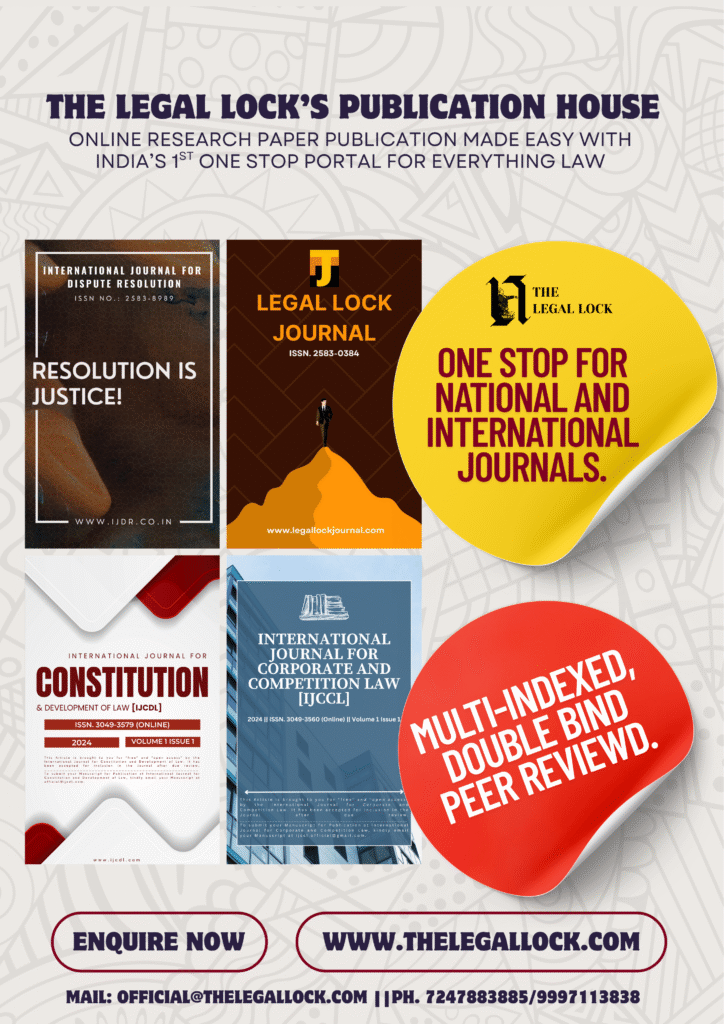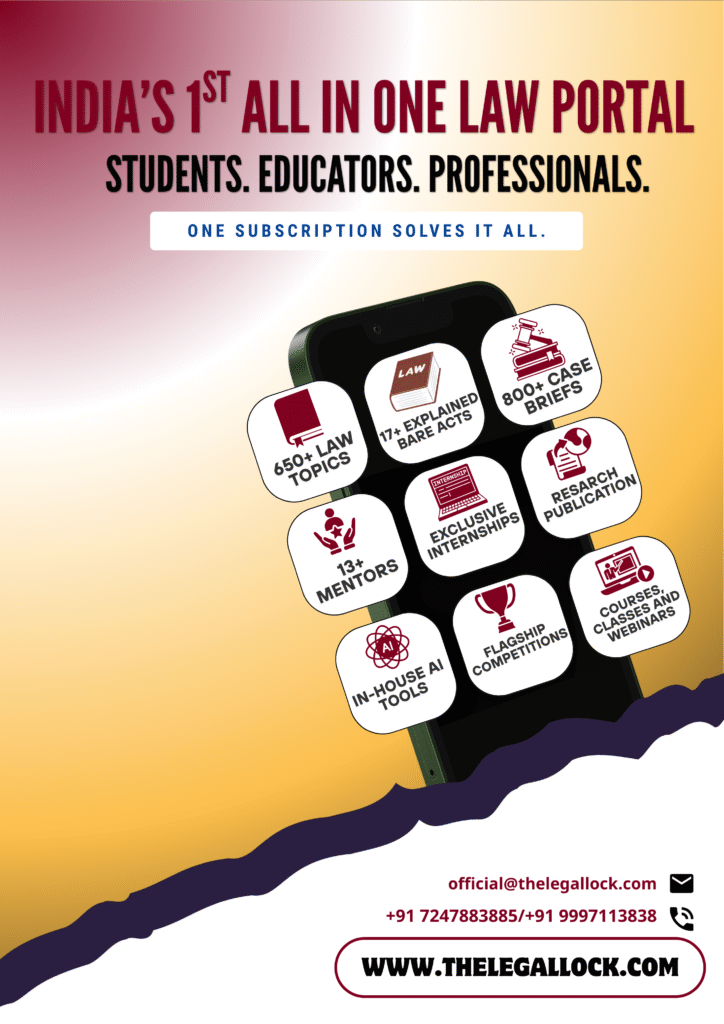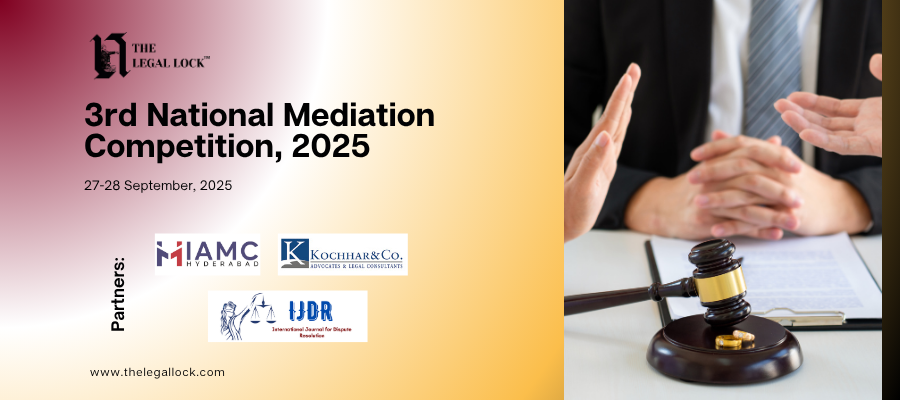Case Brief: Supriyo v. Union of India
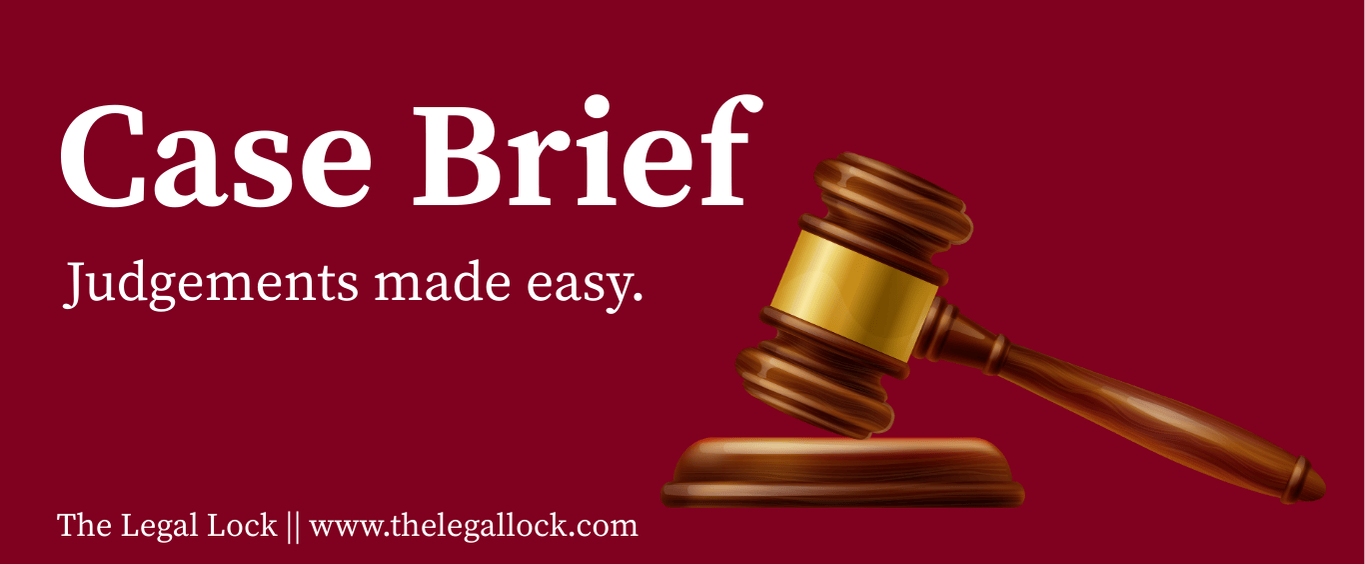
| CASE NAME | Supriyo Kr. Saha v. Union of India |
| CITATION | W.P.(C) No. 1011/2022; Diary No. 36593/2022 |
| COURT | Supreme Court of India |
| BENCH | Before D.Y. Chandrachud, S.K. Kaul, S.R. Bhat, Hima Kohli, P.S. Narasimha |
| APPELLANTS | Supriyo Kr. Saha (SUPRIYO @ SUPRIYA CHAKRABORTY & ANR.) |
| RESPONDENTS | Union of India |
| DECIDED ON | 17 October, 2023 |
Introduction
The high courts and the Supreme Court of India have historically refrained from interfering in family law matters. In the case of Supriyo Chakraborty v Union of India, the Supreme Court, in its verdict on 17 October 2023, rejected the petitioner’s plea to intervene. This decision reflects the courts’ consistent approach of not exercising their constitutional authority in family law issues.
This significant legal case, named “Supriyo and anr v. Union of India,” has witnessed fervent arguments from both sides, and its verdict holds substantial potential to impact the lives of LGBTQIA+ individuals.
A bench led by Chief Justice of India (CJI) DY Chandrachud, alongside Justices Sanjay Kishan Kaul, S Ravindra Bhat, Hima Kohli, and PS Narasimha, concluded a ten-day hearing on May 11, 2023, and reserved the judgment. Today marks the scheduled delivery of the verdict, which centralizes the pivotal query of whether same-sex marriages ought to gain legal recognition in India.
Various petitions presented before the Supreme Court have vigorously advocated for the acknowledgment of same-sex marriages within Indian legal frameworks. Advocates assert that the right to marry a chosen partner should extend to LGBTQIA+ citizens, emphasizing marriage as an inherent human entitlement that should not hinge on sexual orientation.
Contrarily, the Central government has also opposed these pleas, arguing that cohabitation and same-sex relationships cannot be likened to the conventional Indian family structure, typically comprising a biological man, a biological woman, and their offspring.
Facts of the case
In a landmark ruling back in 2018, the Supreme Court of India decriminalized consensual same-sex conduct. Fast-forward to November 2022, the Court agreed to hear the case of Supriyo v. Union of India, which challenged the government’s refusal to recognize same-sex marriages under the Special Marriage Act.
Come April 2023, a five-judge bench, headed by the Chief Justice of India, commenced hearing the petitions. By May 2023, the Solicitor General of India informed the Supreme Court bench about plans to form a parliamentary committee to explore granting limited legal rights to same-sex partners.
Then, on October 17, 2023, the Supreme Court acknowledged the need to end discrimination against same-sex couples but stated that the decision on the legality of same-sex marriage in the country falls within the domain of the Indian Parliament.
Cases referred in this case
Regarding the right to marriage and the choice of partner, the Supreme Court has established a forward-thinking and transformative legal doctrine. Beginning with the 2006 case of Lata Singh v Union of India, the Court affirmed the petitioner’s right to select their preferred marital partner, emphasizing that the law doesn’t prohibit inter-caste marriages.
In the leading case of Justice KS Puttaswamy v. Union of India, while affirming the fundamental right to privacy under Article 21, it underscored that significant personal decisions concerning marriage fall within the realm of an individual’s privacy and dignity. Similarly, in Shakti Vahini v. Union of India, the Apex Court adhered to this stance, affirming that consenting to life partners reflects their freedom of choice protected under Articles 19 and 21 of the Constitution. Subsequently, in Shafin Jahan v. K.M.
Asokan, the Court emphasized that the right to marry the chosen person is a fundamental aspect of Article 21, stating that this right can only be restricted by a law that is fair and rational. Cases like Laxmibai Chandaragi B. v. State of Karnataka relied on Shafin Jahan to underscore that the right to marry someone of one’s choice is inherent within Article 21.
In the landmark ruling of Navtej Singh Johar v. Union of India, the Supreme Court decriminalized homosexuality by modifying Section 377 of the Indian Penal Code, 1860. The Court clarified that consensual and private same-sex activities among adults constitute an essential part of an individual’s privacy.
However, the Court abstained from addressing how these rights would extend to public domains such as marriage rights. Nevertheless, the decision drew support from the cases of Shafin Jahan and Shakti Vahini, affirming the concept of freedom in choosing a life partner and an individual’s sexual autonomy.
Arguments by Petitioner
The petitioners argued that couples and individuals belonging to sexual and gender minority communities seek acknowledgment of their right to marry and form a family. They base their plea on protections against discrimination, asserting rights to equality, dignity, personal liberty, privacy, personal autonomy, as well as freedom of conscience and expression.
The Delhi Commission for Protection of Child Rights, a statutory body under the Delhi Government led by the Aam Aadmi Party, intervened in support of expanding the right to marry and adopt for individuals within sexual and gender minority groups.
Arguments by Respondent
The respondent contended that the Union Government led by the Bharatiya Janata Party, along with its statutory body, the National Commission for Protection of Child Rights, opposed the extension of the right to marry and establish a family for sexual and gender minority individuals in India. Their stance is rooted in societal, cultural, and religious history, consistent legislative policy, prevalent morality, and the prevailing majority viewpoints. State Governments—such as Assam, Gujarat, and Madhya Pradesh led by the Bharatiya Janata Party, Rajasthan led by the Indian National Congress, and Andhra Pradesh led by the YSR Congress Party—intervened in opposition to this right.
Issues of the case
- Whether same-sex couples should be granted legal recognition and rights similar to heterosexual couples under existing marriage laws?
- Whether denying same-sex couples the right to marry violates their fundamental rights guaranteed by the Indian Constitution?
- Whether the judiciary can interpret laws to include gender-neutral provisions for marriage?
Decision of the case
The recent ruling by the Supreme Court of India regarding same-sex marriages stands as a significant milestone in the nation’s pursuit of inclusivity and equal rights. Delivered by a 5-Judge Bench, the judgment comprises four distinct opinions, shedding light on the intricate layers of this issue. Its implications extend deeply into societal, moral, and cultural realms, encapsulating the ongoing debate between individual rights and established societal structures, progressive ideals, and traditional values. Moreover, it underscores the crucial recognition of self-identity, especially for transgender individuals.
The Bench, comprising Chief Justice DY Chandrachud, Justice Sanjay Kishan Kaul, Justice S. Ravindra Bhat, Justice Hima Kohli, and Justice P.S. Narasimha, issued four separate judgments, showcasing the diverse perspectives encapsulating this complex matter.
Chief Justice DY Chandrachud and Justice SK Kaul advocated against discrimination towards the queer community. They stressed the importance of public awareness and understanding of queer identities, particularly emphasizing the recognition of self-identity, notably for transgender individuals. They also highlighted the constitutional protection of the freedom to marry and the associated entitlements.
Justice Ravindra Bhat, dissenting, emphasized that the right to marriage isn’t absolute unless recognized by law. He underscored that the Court cannot establish a framework for such recognition and mentioned that while couples have the right to form a union, it doesn’t inherently grant legal entitlements. He emphasized the necessity for a thorough examination by a high-powered committee.
Justice Narasimha echoed many of Justice Bhat’s sentiments. He raised questions about the constitutionality of recognizing a union akin to marriage, emphasizing the importance of reviewing the legislative framework’s impact. He stressed the need for a deliberate and consultative review process.
Analysis
Although the aforementioned cases and international agreements suggest a fundamental right to marriage, this specific issue was never definitively addressed by the court. Upon finally addressing it, the Court argued that it isn’t a constitutionally guaranteed right. It made a narrow differentiation between the right to marry and the right to choose a partner, asserting that the previous cases dealt with the latter, not the former.
Additionally, it declined to consider international agreements when deciding this matter. While Indian courts have often used global standards to interpret laws and identify fundamental rights not expressly listed, in this instance, the court selectively referred to these agreements to support its decision.
The ramifications of this ruling extend beyond non-heterosexual couples to impact everyone. As marriage isn’t deemed a fundamental right, it significantly affects pending petitions contesting the Freedom to Religion (Love Jihad) laws. Challenging the constitutionality of these laws becomes more arduous. Obtaining relief is already challenging for inter-caste or interfaith couples, and this challenge amplifies further in queer relationships.
Marriage stands as a crucial societal institution, carrying significant legal implications. Therefore, the judgment on its enforceability holds considerable normative value. There are serious concerns about how this ruling will be implemented in police stations and families. As marriage remains a marker for social acceptance, the judgment potentially fuels additional discrimination.
It might create an impression that queer couples are unfit for marriage since the apex court has denied them this right. This denial contradicts the rights previously granted by the same court in the Navtej Singh Johar case, further complicating their rights. While the right to marry isn’t fundamental for anyone, its absence disproportionately affects queer couples.



